Madagascar Cloves
The clove tree, botanically named Syzygium aromaticum L., originates from Maluku Island in Indonesia. Clove was imported to Europe already in the 7th century. Upon discovery of Maluku Island by the Portugese, the clove trade became monopolised by the Portugese until they were driven out by the Dutch in the early 17th century. The trade was thereafter controlled by the Dutch until Pierre Poivre smuggled seedlings of the clove tree out of the country while organising several expeditions on behalf of the French East India Company. Clove were consequently brought to Mauritius in 1770 and thereafter to La Reunion island. The first plants appeared in Madagascar on Sainte Marie island in the 1820s.
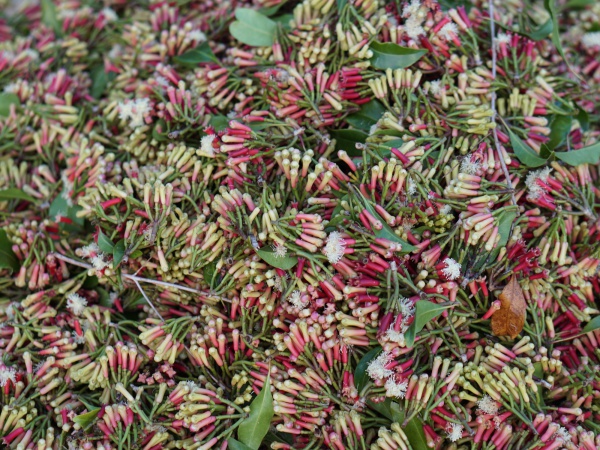
| ||
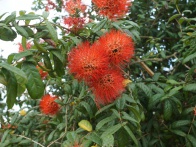
|
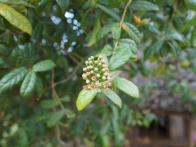
|
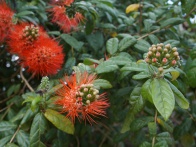
|
In less than a century, the clove tree was adopted by small houseold Madagascar farmers who had quickly gained expertise in its cultivation and valorisation.
In Madagascar, clove trees are grown for both purposes of clove spice and clove oil production. Farmers can produce clove spice from the flower buds or essential oil from the leaves, or alternate seasonally between the two.
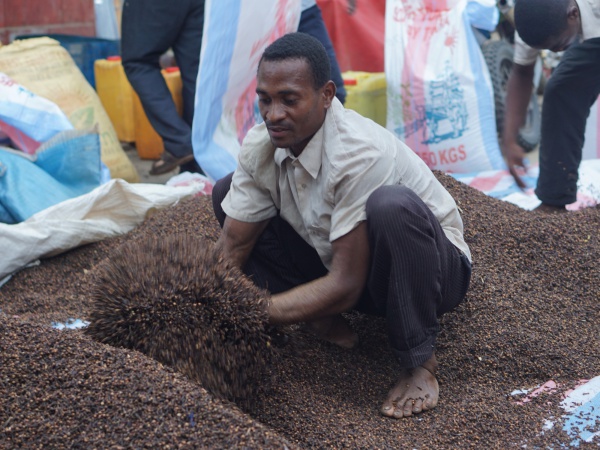
| ||
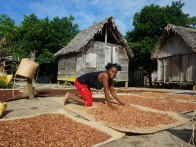
|
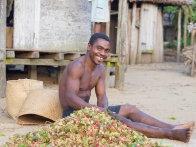
|
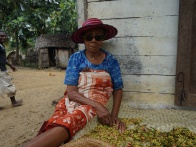
|
By 1920/1930 Madagascar became a major producer and exporter of cloves and clove essential oil and is since 1990s the world's leading exporter.
Clove production span along the entire east coast of Madagascar from Sambava to Fort Dauphin and especially throughout the an area known as Analanjirofo (Malagasy for "clove-forest"), which makes up part of the Toamasina Province, including Tamatave, Sainte Marie island (Île Sainte-Marie), Mananara and Fenoarivo Atsinanana (Fénérive or Fénérive-Est) and Soanierana Ivongo district. About 90% of Madagascar's clove production is concentrated around Mananara, Soanierana Ivongo and Fénérive Est.
The clove tree, a member of the Myrtaceae family of evergreen trees, which typically grows in humid tropical climate below 300m where there is no noticeable dry season.
The tree grows well in ferralitic tropical soil and usually gets between 10 and 12 metres but can get as tall as 20 metres.
The plant flowers for the first time after 8-10 years and the trees are fully flowering at around 20 years. Cloves are the nail-like spikes which are unopened flower-buds. Branches of clustered flower-buds are removed from the stems, then handpicked and sun-dried. Clove harvesting in Madagascar takes place between October and January.
Clove is have a variety of culinary and non-culinary uses. As a spice, cloves are used in curries, spicy fruit cakes, sauerkraut and a wide range of cuisines as well as beverages, such as red wine.
Non-food uses include mixing the spice with tobacco in Indonesian clove cigarettes called Kretek which accounts for a large proportion of Madagascar's clove exports and world-production.
Cloves are is widely used as a base in perfumes, for example in l'Air du Temps by Nina Ricci and Opium by Yves Sain-Laurent.
Clove's main ingriedient, euganol, is a bioactive compound with anti-bacterial, fungicide, anticeptic, antioixidant, anaesthetic and analgesic effects. It is furthermore used in aromatherapy, pharmacy, human and veterinary medicine including dentistry.
Clove oil is produced by hydrodistillation of the leaves, although essential oils derived from the clove bud and stem produce the highest yields.
Additional information
View all Madagascar Cloves photos